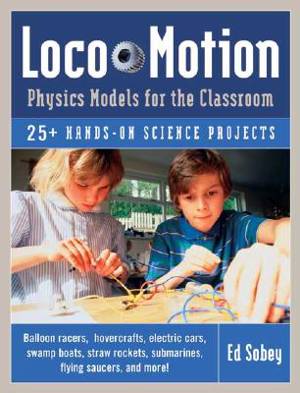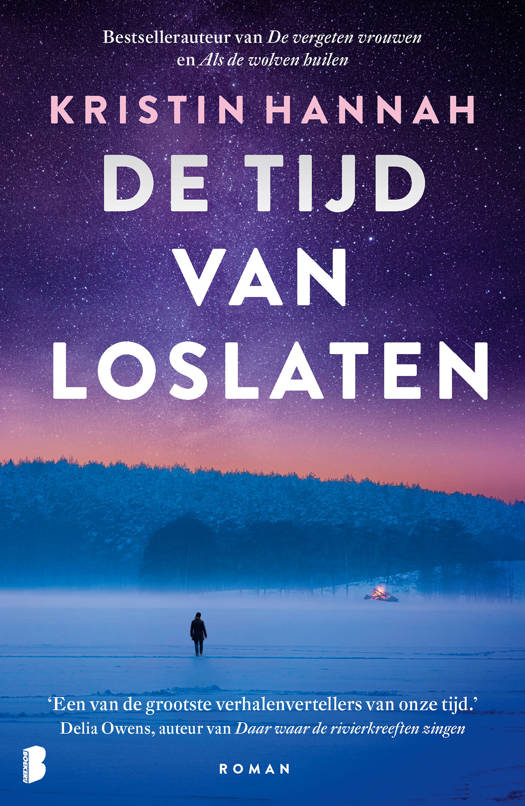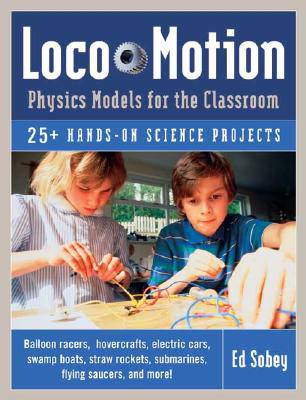
- Afhalen na 1 uur in een winkel met voorraad
- Gratis thuislevering in België vanaf € 30
- Ruim aanbod met 7 miljoen producten
- Afhalen na 1 uur in een winkel met voorraad
- Gratis thuislevering in België vanaf € 30
- Ruim aanbod met 7 miljoen producten
Zoeken
Omschrijving
Using the concept of "learning by doing," this classroom activity book contains an impressive collection of instructions and guidelines for building physics models that fly through the air, drive on the ground, or paddle through water. Students will use experimentation and analysis in these intriguing physics projects to inspire new and improve upon old designs. Each model is presented in a specific educational context, so teachers can instruct with hands-on experimentation. Students will explore science concepts such as gravity, air pressure, kinetic energy, Newton's laws, electrical circuitry, buoyancy, and inertia. Detailed materials lists and step-by-step directions for building models are structured so that the teacher becomes the director of research and development in a classroom of young engineers. The models discussed in the book include gravity-powered cars, balloon racers, hovercrafts, gravity ball launchers, flying saucers, catapults, chemical mini-rockets, swamp boats, and submarines. Kids are encouraged to test, modify, and redesign based on observation of their models in action, while working cooperatively and learning from one anothers' successes and failures. The engaging material in these activities promote the understanding of science not as a collection of facts to be studied for a test, but as a learning process to be actively experienced.
Specificaties
Betrokkenen
- Auteur(s):
- Uitgeverij:
Inhoud
- Aantal bladzijden:
- 208
- Taal:
- Engels
Eigenschappen
- Productcode (EAN):
- 9781569761939
- Verschijningsdatum:
- 1/08/2005
- Uitvoering:
- Paperback
- Formaat:
- Trade paperback (VS)
- Afmetingen:
- 216 mm x 279 mm
- Gewicht:
- 417 g

Alleen bij Standaard Boekhandel
+ 61 punten op je klantenkaart van Standaard Boekhandel
Beoordelingen
We publiceren alleen reviews die voldoen aan de voorwaarden voor reviews. Bekijk onze voorwaarden voor reviews.











